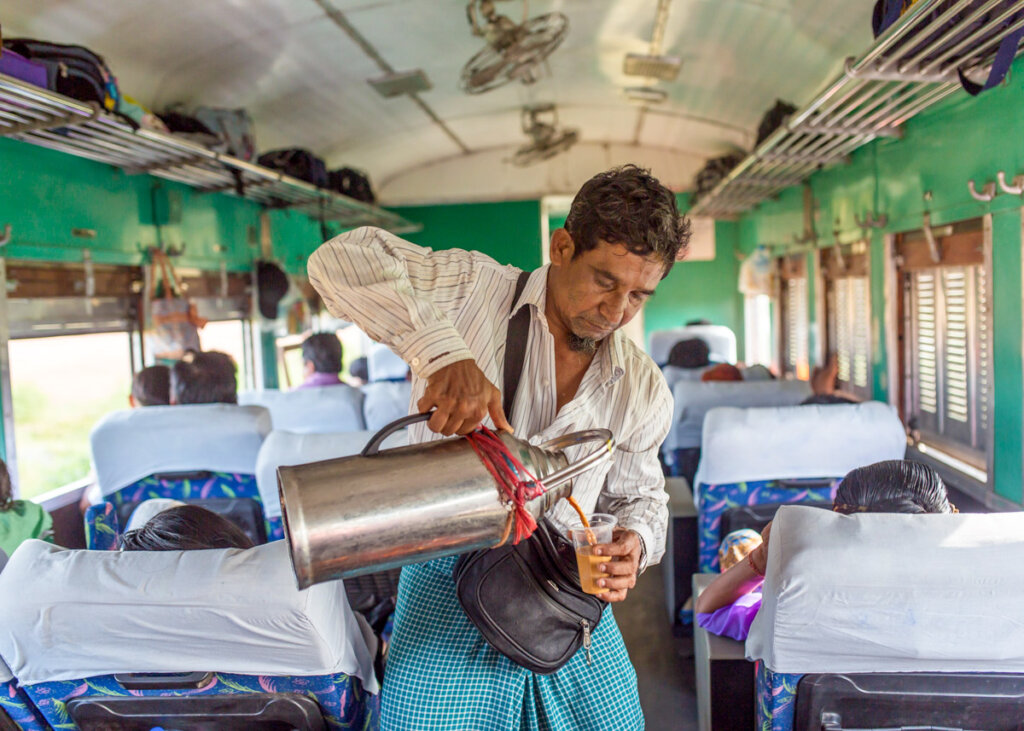Myanmar’s historic railway network is extensive, but due to civil unrest and a suspension of tourist visas, travel to the country, including by train, is not recommended.
Myanmar (Burma), boasts an extensive and historically rich rail network that spans much of the country. The system, which dates back to the British colonial era, was built to link various regions, facilitating the movement of people and goods. Over time, it became an integral part of daily life, with trains running from bustling Yangon (Rangoon) to remote towns nestled in the mountains or along the coastline.
However, due to the current political situation, all travel to Myanmar is restricted. Tourist visas are temporarily suspended in response to a recent earthquake and ongoing rescue operations. As a result, the country is not open to tourism at the moment, including train travel.
For up-to-date information on travel advisories, please refer to the UK government’s travel advice here: Foreign Travel Advice – Myanmar.
Main train routes in Myanmar
When travel to Myanmar becomes possible again, several train routes stand out for their scenery and connection to key destinations:
- Yangon to Bagan – An overnight journey linking the former capital with the temple-studded plains of Bagan. Expect a slow ride through rural landscapes.
- Yangon Circular Railway – A local commuter loop around the city, offering a glimpse into daily life. It’s a relaxed, authentic way to see Yangon from a different angle.
- Mandalay to Hsipaw via Pyin Oo Lwin – This route crosses the dramatic Goteik Viaduct and passes through hill country dotted with colonial-era towns.
- Thazi to Kalaw and Inle Lake – A winding mountain line that connects to Kalaw’s trekking trails and the peaceful shores of Inle Lake.
These routes are not about speed or luxury, but they offer a unique way to see the country—often with stunning views and a strong sense of place.

Final thoughts
While Myanmar’s train network holds significant historical and cultural value, we hope that peace and stability will return in the future, enabling us to update this guide when travel becomes safe and accessible again. For now, we advise awaiting further developments, but we remain hopeful that this unique travel experience will be available once more in the near future.

